The BEST Gaming CPU!
Review Summary
The Ryzen 7 9800X3D is the new gaming champ, outclassing AMD’s own Ryzen 7 7800X3D CPU in our gaming charts. With its improved 3D V-cache design, combined with the Zen 5 architecture, the CPU improves gaming and productivity performance while becoming more efficient than its predecessor. At the same time, overclocking support is enabled so you can push the CPU even further! All that makes it an excellent choice for gaming or a mix of gaming and productivity. For solely productivity workloads, though, AMD and Intel’s high core-count chips still reign supreme.
Hours Tested: 11
Overall
-
Gaming - 10/10
10/10
-
Productivity - 8.5/10
8.5/10
-
Efficiency - 9/10
9/10
-
Value - 8.5/10
8.5/10
Pros
- Chart-topping gaming performance
- Improved productivity performance
- Incredible efficiency with only a 120W TDP
- Overclocking-supported
- AVX-512 support
- Works on previous-gen motherboards
Cons
- Beaten by high core-count CPUs in productivity benchmarks
- Gaming performance hasn’t improved enough (especially at 1440P and 4K resolutions)
AMD’s much-awaited Ryzen 7 9800X3D is here, bringing us what AMD is calling the second generation of 3D V-Cache. This comes with significant architectural changes, including a shift in the location of the L3 SRAM chipset. AMD promises an 8% gaming performance bump for the chip over the Ryzen 7 7800X3D despite the CPU having the same TDP and cache capacities! Let’s dive in and see if that holds true.
Key Takeaways
- The AMD Ryzen 7 9800X3D is AMD’s new gaming king, toppling the 7800X3D in performance and costing $479. It is also highly power—and thermally efficient and overclockable, a first in AMD’s X3D CPUs.
- Get the Ryzen 7 9800X3D if you want the best gaming performance, impressive efficiency, and AVX-512 support.
- Don’t buy the Ryzen 7 9800X3D if you want a CPU purely for productivity work, or if you’re gaming at higher resolutions .
Here’s a quick look at the specifications compared to similar chips.
| Product | Ryzen 7 9800X3D | Ryzen 7 7800X3D | Ryzen 9 9900X |
|---|---|---|---|
| Manufacturer | AMD | Intel | AMD |
| Processing node | TSMC 4nm (Cores), TSMC 6nm (I/O) | TSMC 5nm (Cores), TSMC 6nm (I/O) | TSMC 4nm (Cores), TSMC 6nm (I/O) |
| No. of cores | 8 | 8 | 12 |
| No. of threads | 16 | 16 | 24 |
| Base frequencies | 4.7 GHz | 4.2 GHz | 4.4 GHz |
| Max. turbo frequencies | 5.2 GHz | 5.0 GHz | 5.6 GHz |
| Overclockable | Yes | No | Yes |
| L1 cache | 640 KB | 512 KB | 960 KB |
| L2 cache | 8 MB | 8 MB | 12 MB |
| L3 cache | 96 MB | 96 MB | 64 MB |
| iGPU | AMD Radeon™ Graphics (2 cores) | AMD Radeon™ Graphics (2 cores) | AMD Radeon™ Graphics (2 cores) |
| Base power | 120W | 120W | 120W |
| Max. turbo power | – | – | – |
| MSRP – Current ($) | 479 | 449 – 476 | 449 – 382 |
The CPU has a slight bump in price ($479) compared to the Ryzen 7 7800X3D ($449). Let’s look at what’s different in the 9800X3D. Also, if you’re thinking of purchasing the CPU, here are our best recommendations for the RAM and motherboard:
The Second-Generation 3D V-Cache
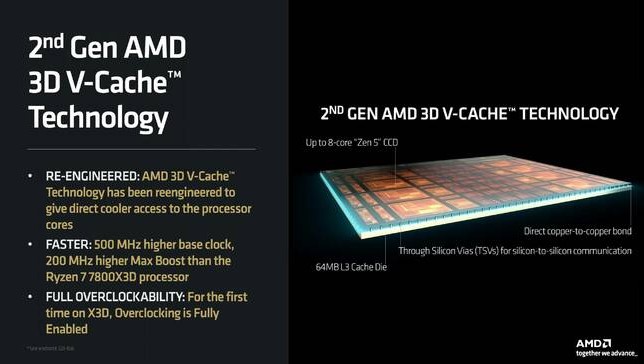
Besides the Zen 5 architectural improvements, AMD has also tweaked the 3D V-Cache design. The major change is a shift in the location of the L3 SRAM chiplet from above the CCD (Core Complex Die) to below it. Also, the L3 chiplet is now roughly the same size as the CCD, eliminating the need for structural silicon as in previous generations.
This is a great relief for the X3D design, as the older design (L3 chiplet above the CCD and surrounded by structural silicon) had significant limitations. It essentially acted as an insulation blanket, making it difficult for the heat output of the CCD to reach the CPU IHS. Since the CCD (which contains the CPU cores) is the major heat-generating source of the CPU and needs to dissipate heat efficiently, this was a major issue.
This is also why the X3D previous CPUs were not overclockable. Now, with the CCD above the L3 cache chiplet, it can dissipate its heat more efficiently. Thus, AMD was able to push the base clock speeds and enable overclocking on the chip.
According to a Gamers Nexus video covering the architecture, AMD also reduced the number of bonding layers (that connect the dies) at various points to improve heat transfer. Accessing the L3 cache has the same four-clock penalty, and the bandwidth between the CCD and L3 chiplet is the same as the previous generation, at 2.5 TB/s.
AMD Zen 5 Architecture
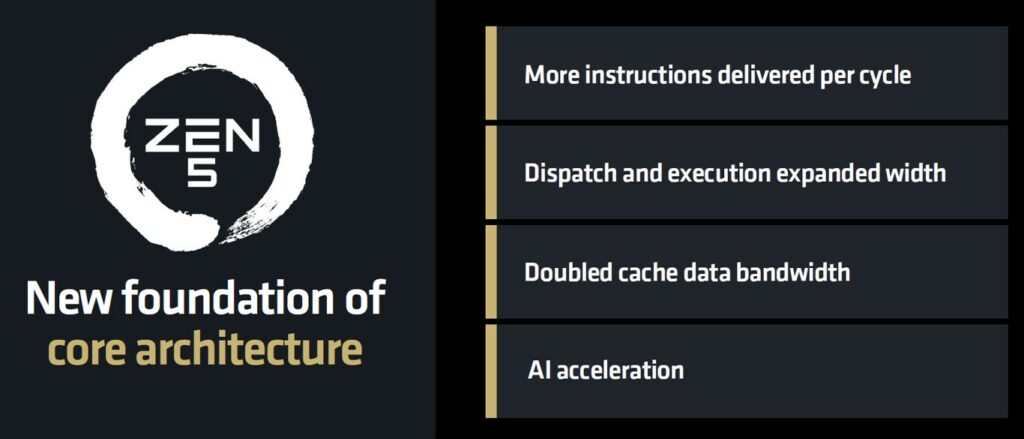
The improvement in the 3D V-Cache architecture is paired with the core Zen 5 improvements to bring that 8% uplift. AMD is using a new processing node and has improved all the key regions of the chip: the front end, the execution engine, and the back end.
- Manufacturing Process: AMD has moved to TSMC’s 4nm process for the CPU cores, an improvement over the 5nm process of the last generation.
- Front-end: On the front end, a dual-pipe fetch and improved branch prediction are the highlights. The branch prediction latency is reduced, and the accuracy has improved. Latency and bandwidth have been improved for the instruction cache. The dispatch bandwidth is up to 8 macro-ops/cycle from 6.
- Execution engine: The Dispatch and Execute is wider, with an 8-wide dispatch/retire, 6 ALU and 3 multipliers, and a more unified ALU scheduler. The execution window is larger, enabling more instructions to be executed simultaneously.
- AVX-512 support: AMD has added full AVX-512 support with a 512-bit datapath. The number of FP instructions in point has also been improved.
- Load-store unit: Improvements to data bandwidth inside the Load/Store unit, including a bump in the L1 Data cache to 48 KB 12-way (vs. 32 KB 8-way). Data prefetching has been tweaked, too.
Platform Improvements
The key platform changes include:
- New chipsets: AMD has introduced us to four new chipsets: X870(E), B850, and B840. The most notable change is that USB4 is mandatory in both X870 and X870E chipsets. You can rock the Ryzen 9000 CPUs with older 600-series chipset boards with a BIOS update, though.
- Memory support and overclocking: AMD’s new AGESA firmware update adds support for DDR5-8000 and JEDEC-5600 speeds out of the box. Overclocking support has also been improved, with support for on-the-fly tuning added.
- Curve Shaper: The new Curve Shaper allows you to adjust the voltage-frequency curve with more accuracy, providing 15 different bands to choose from.
Packaging and Unboxing
The packaging is nearly identical to the other Ryzen 9000 series CPUs we looked at. It is a mostly grey-themed box with orange lines running through it.
Toward the front, there is a cutout showing the CPU IHS. On the left side, inside the orange section, the 3D V-Cache Technology is highlighted.
The CPU comes in a plastic clamshell packaging, and we get an AMD Ryzen 7 sticker to put on your chassis.
We have the same design as previous Ryzen X3D CPUs. It maintains the same Z-height by cutting the L3 chiplet and CCD in size, so previous Zen 5-compatible coolers will work just fine.
Test Bench
Here’s a look at our test bench for the CPU:
- CPU Cooler: DeepCool Mystique 360
- Motherboard: MSI MEG X670E ACE
- GPU: MSI GeForce RTX 3090 Gaming X Trio 24G
- Memory: 32 GB (2×16) XPG Lancer RGB DDR5 @ 6000
- Storage for OS: Western Digital SN850 Black 500GB NVMe SSD
- Storage for Software: Sabrent Rocket 4 Plus 2TB Gen4x4 NVMe SSD
- Storage for Games: Sabrent Rocket 4 Plus 4TB Gen4x4 NVMe SSD
- Power Supply: Fractal Design ION+ 2P 860W Platinum
- Operating System: Windows 11 Pro Build 22H2, Build 22621
Have a look at the CPU installed and ready to go:
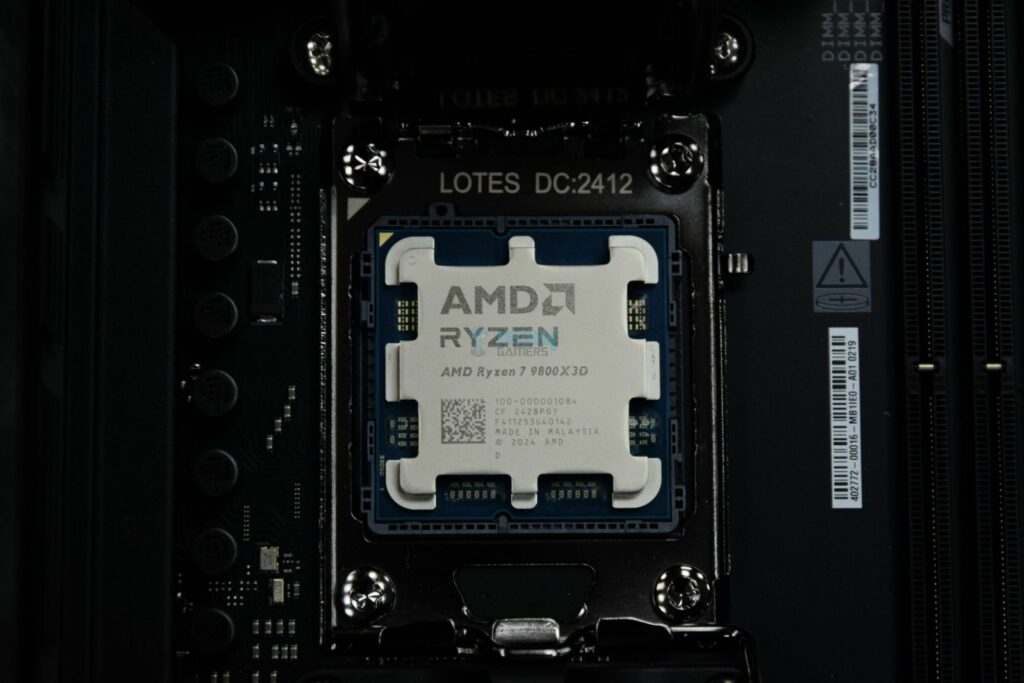
Testing Methodology
- All tests were run at Auto/Stock settings.
- Any and all motherboard-based performance modes were disabled from BIOS.
- The best available EXPO was used for the memory. DRAM timings and voltage were manually adjusted for each test.
- All other voltages were left at default settings.
- CPU cooler and pump were kept at maximum speeds during testing.
- The GPU was run at stock settings.
- Latest BIOS version was used for the motherboard.
- All the sensors were monitored with HWinfo64
General Benchmarks
Gaming Benchmarks
Let’s look at the gaming benchmarks, all tested at Ultra or equivalent preset. We added 1440P and 4K benchmarks along with the 1080P tests to better measure the CPU’s performance. This is the list of games we tested:
- Alan Wake 2
- Cyberpunk 2077
- Elden Ring
- F1 2024
- Hogwarts Legacy
- Spider-Man Remastered
- Starfield
- The Last Of Us
The Ryzen 7 9800X3D extends AMD’s gaming lead further:
- It averaged 239 FPS across our 8 1080P gaming tests, improving on the 7800X3D by 3.6%.
- In the 1440P gaming tests, the 9800X3D’s lead reduced to 2.8%. We also see the other CPUs closing in on its lead.
- In the 4K benchmarks, the 9800X3d and 7800X3D are separated by less than 1%. All the other CPUs are in close range, with the Core Ultra 285K the furthest away, trailing by 2.13%.
Overall, the gaming performance numbers have improved, but not substantially. In 1080P and 1440P gaming, the improvements are still somewhat notable, but the 4K numbers are essentially the same as the 7800X3D.
Thermals And Power Consumption
Let’s look at the CPU’s thermal performance and power consumption statistics. As usual, we’re using the Cinebench R23 multi-threaded test to put load on the CPU. As a reminder, the CPU is rated at a 120W TDP.
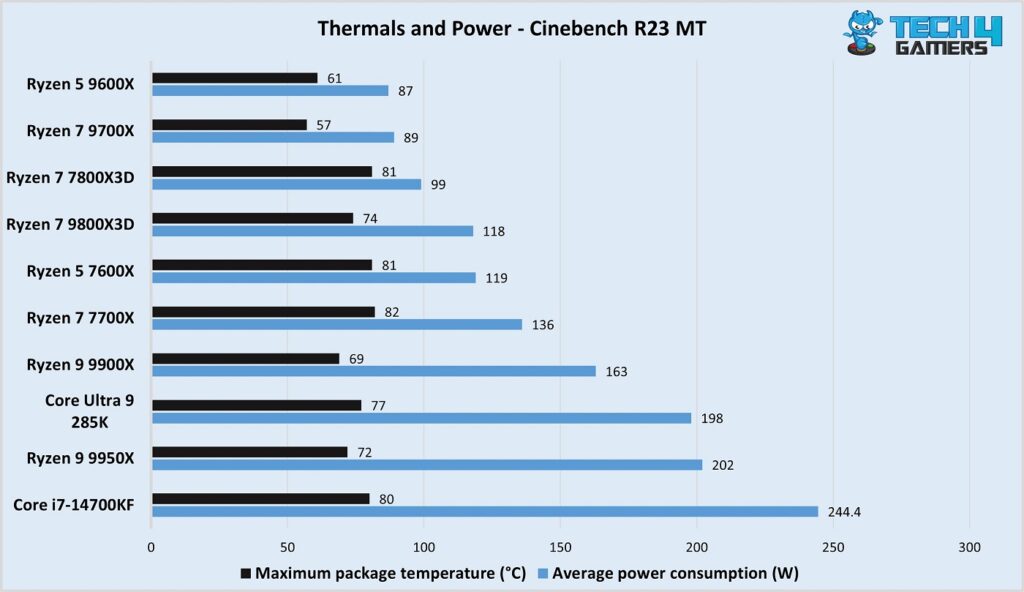
The thermal and power consumption charts show that the new 3D V-Cache design is paying off well! The CPU can draw more power comfortably while running 7°C cooler.
During the Cinebench R23 MT run, the CPU consumed 118 watts compared to the 7800X3D (99 watts). That’s, of course, close to its rated TDP–which the 7800X3D failed to hit by a 21-watt gap. Overall, this is much better thermal and power efficiency, considering the CPU’s impressive gains across all the tests.
Price: Is It Good Enough?
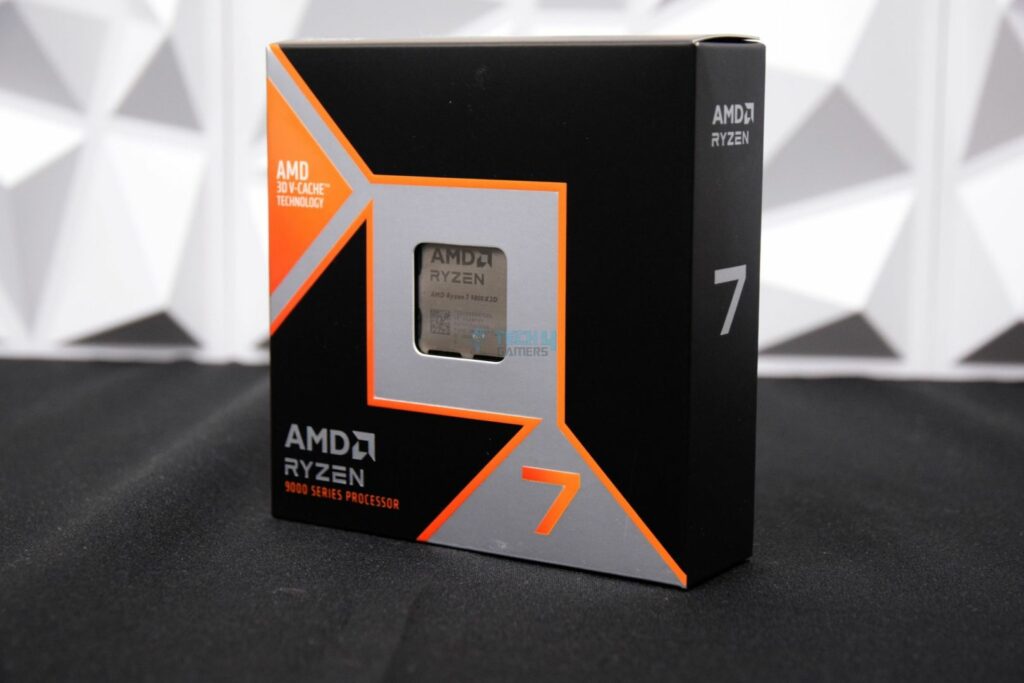
At $479, the CPU competes with the 7800X3D ($476), Core i9-14900K ($435), and Ryzen 9 7950X ($487). Let’s get one thing out of the way: the Ryzen 7 9800X3D is better in terms of 1080P gaming performance. If you aim for 1440P/4K gaming, the CPUs won’t show as much performance contrast. It’s certainly not worth upgrading to the 9800X3D if you only need a CPU for gaming, as a whole. Also, you’ll be better off with the other CPUs in multi-threaded and productivity applications owing to their higher core counts.
If you plan only to play games (especially at 1080P resolution), the CPU offers the best price and performance. But, adding productivity to the mix, you’ll want CPUs like the 7950X and 14900K, as they still perform far better than the 9800X3D.
Should You Buy It?
With this one, it should be easy enough to decide:
Buy It If:
✅ You need the best gaming performance: If you want the absolute fastest gaming chip on the market, the 9800X3D is the one, as it leaves every other CPU in the dust. F
✅ Efficiency is important: If you want a power—and thermally-efficient CPU, the 9800X3D consumes around a maximum of 120W while providing excellent gaming and rendering performance.
✅ You’re looking for full AVX-512 support: The chip has a full 512-bit datapath, which could come in handy for applications such as AI.
✅ Overclocking support is necessary: With an unlocked multiplier, the 9800X3D is the first CPU with a vertically stacked 3D cache to allow overclocking.
Don’t Buy It If:
❌ You want the best productivity performance: For productivity and synthetic applications, AMD’s 9950X and Intel’s Arrow Lake/Raptor Lake-R chips are better due to their higher core counts.
❌You’re aiming for higher resolutions: At higher resolutions (especially 4K), the difference between the 9800X3D and competing CPUs is much smaller. Most of these competing CPUs also beat it in productivity performance.
My Thoughts
The Ryzen 7 9800X3D is the top gaming CPU you can get right now, and it comes with a premium $479 tag. It dethrones AMD’s own Ryzen 7 7800X3D to become the best gaming performer in our list. Although, it should be noted that the bump in gaming performance is not big, and certainly not as much as the 8% AMD advertised. When the two CPUs are priced similarly (as was the case when we wrote this), the 9800X3D is definitely a better choice. In any case, the improvements shown are thanks to Zen 5’s architectural advancements paired with the second-gen 3D V-cache design.
The new 3D V-cache design allows the CPU to achieve better base clock speeds out of the box and enables overclocking for the chip. It also achieves better power efficiency, and even though it’s still rated at 120W, it managed to outperform the 7800X3D significantly in most tests. At the same time, it ran cooler than the Zen 4 chip despite drawing more power.
While the 9800X3D’s forte is definitely gaming, it also shows impressive productivity performance. The multi-core and single-core performance numbers are up a notable amount compared to the last generation, with the CPU beating the 8-core Ryzen 7 9700X in Geekbench and Cinebench multi-core tests. In some of our rendering tests, it stood between the 13600K and 13700K, which again is impressive, considering those CPUs have higher core counts.
All in all, the Ryzen 7 9800X3D is a crushing blow to the already struggling Intel. AMD’s only competition in the gaming arena was themselves, and they successfully outdid themselves. In rendering performance, the CPU’s impressive gains also make its name known to users who want to mix gaming and productivity. Meanwhile, its 120W TDP and improved thermal efficiency means it carries Zen 5’s power-efficiency reputation forward.
Recent Updates
- November 9, 2024: We added 1440P and 4K benchmarks for more insights into the CPU’s gaming performance.
Thank you! Please share your positive feedback. 🔋
How could we improve this post? Please Help us. 😔
[Reviews Specialist]
Usman Saleem brings 8+ years of comprehensive PC hardware expertise to the table. His journey in the tech world has involved in-depth tech analysis and insightful PC hardware reviews, perfecting over 6+ years of dedicated work. Usman’s commitment to staying authentic and relevant in the field is underscored by many professional certifications, including a recent one in Google IT Support Specialization.
8+ years of specialized PC hardware coverage
6+ years of in-depth PC hardware analysis and reviews
Lead PC hardware expert across multiple tech journalism platforms
Certified in Google IT Support Specialization
Get In Touch: usman@tech4gamers.com


 Threads
Threads
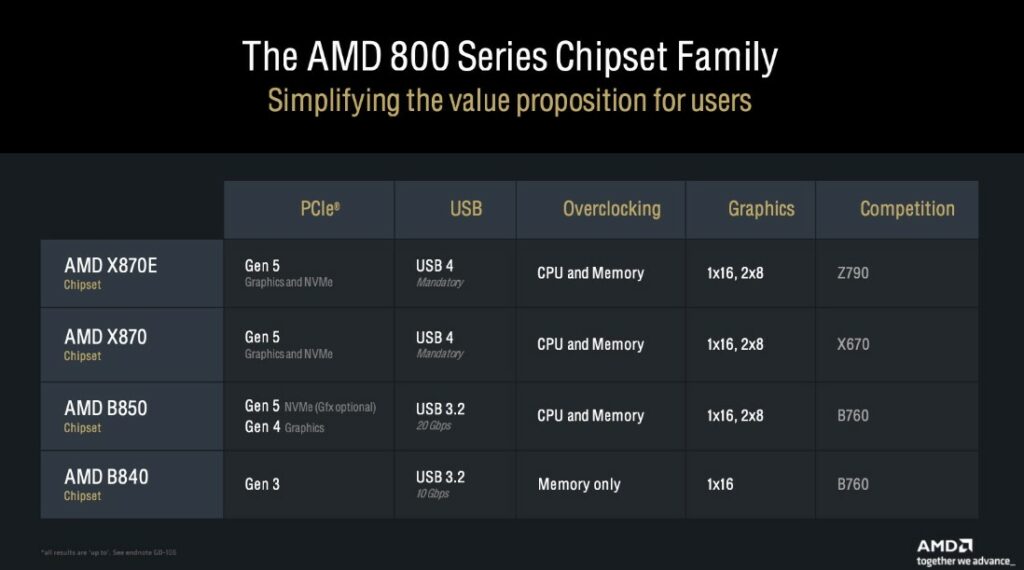
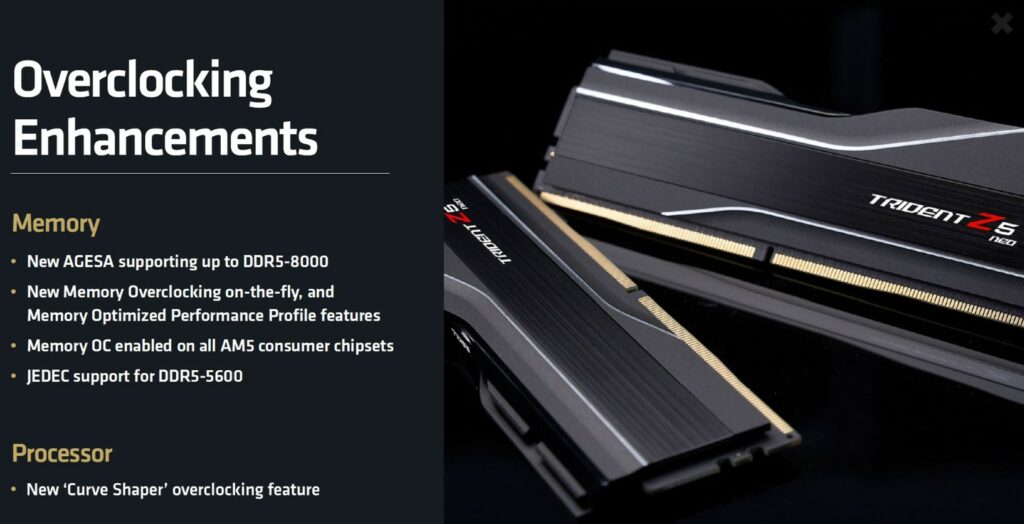
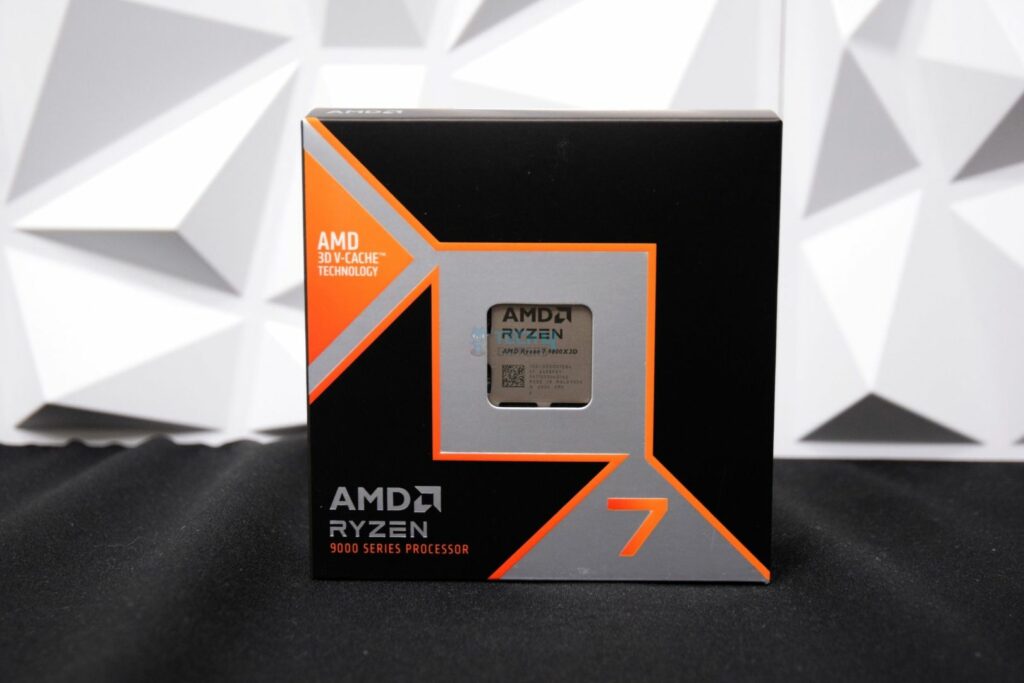
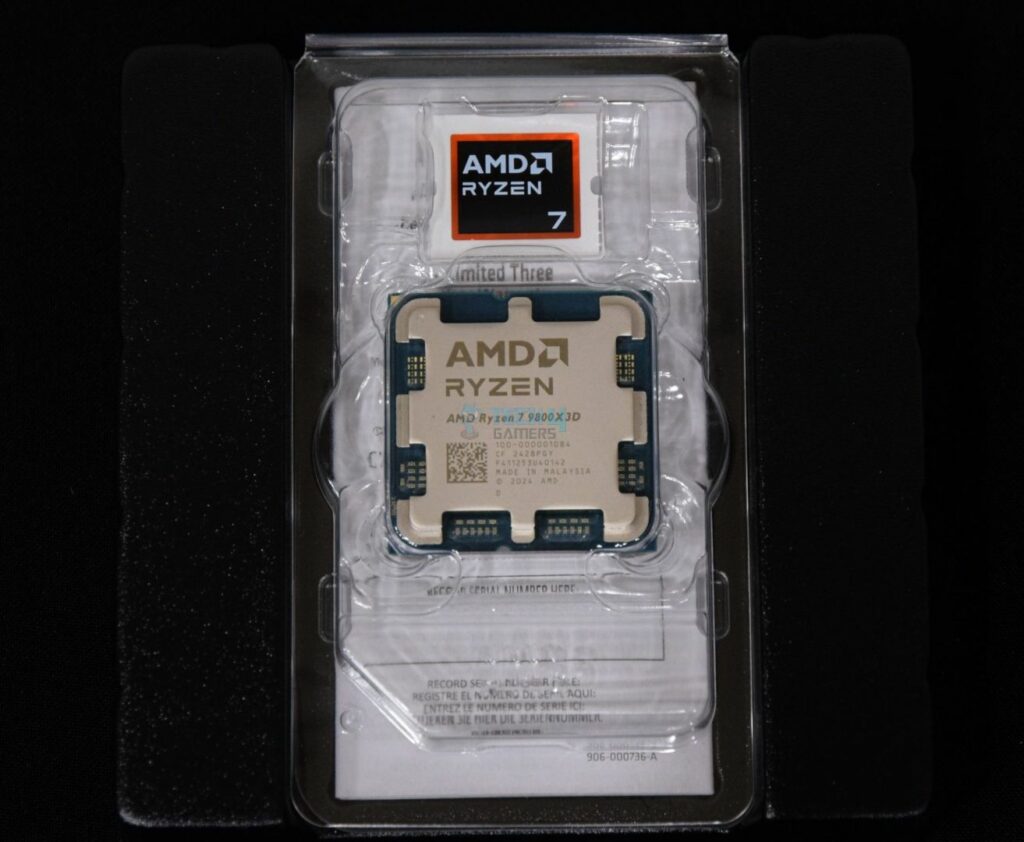
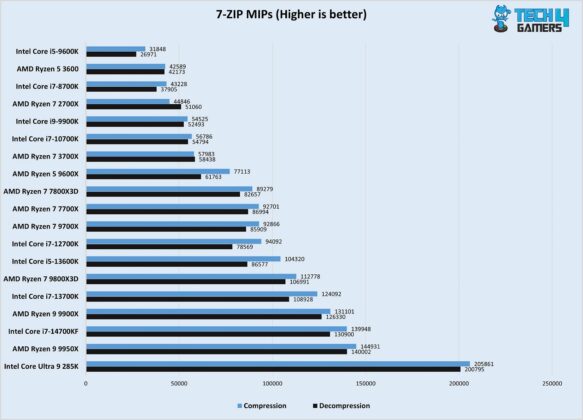
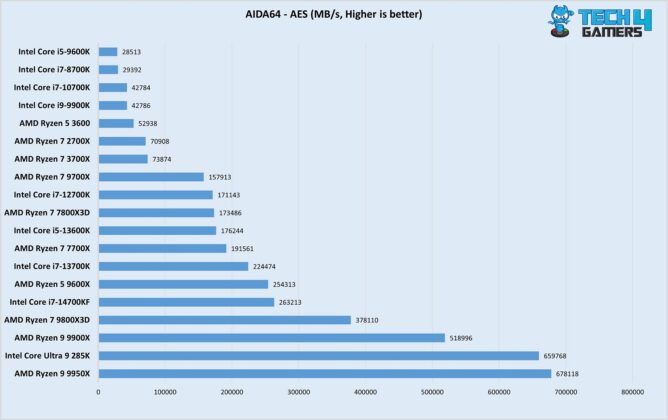
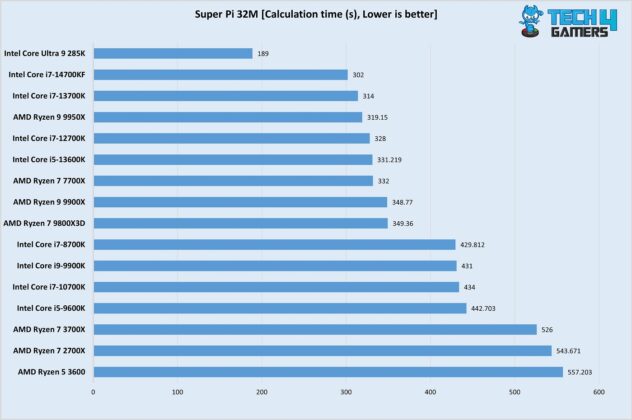
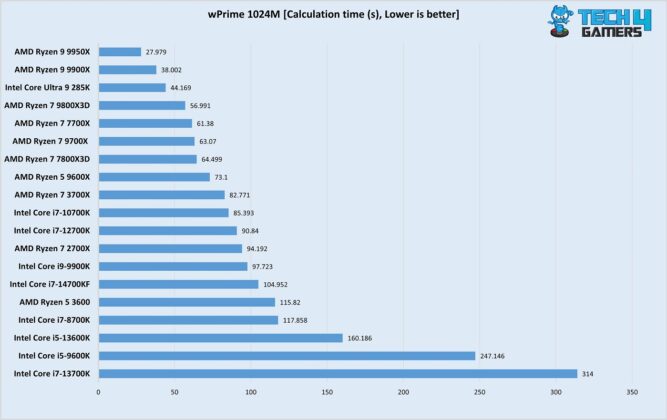
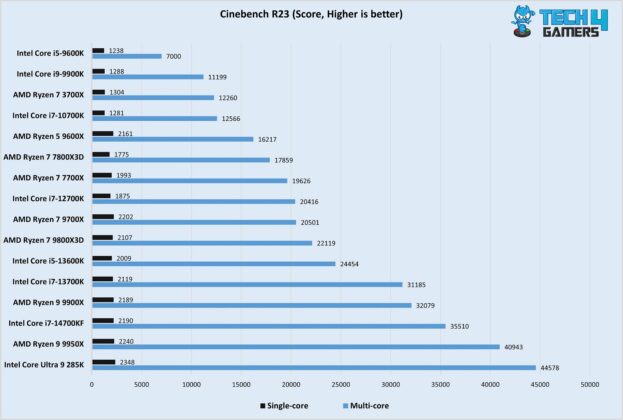
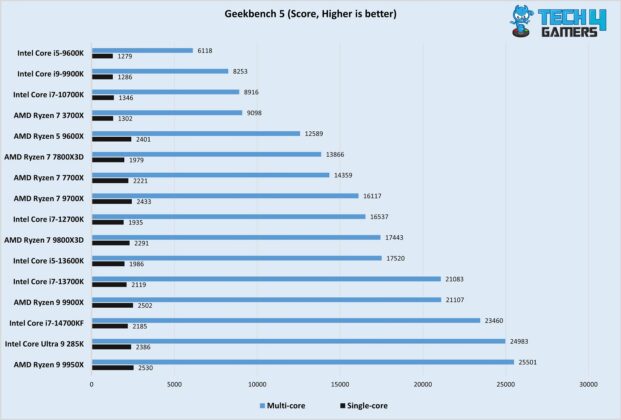
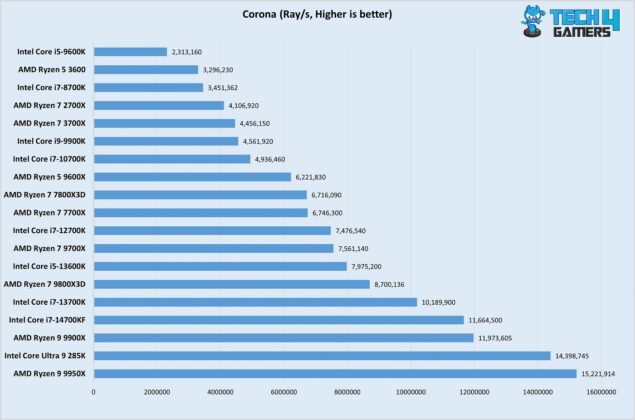
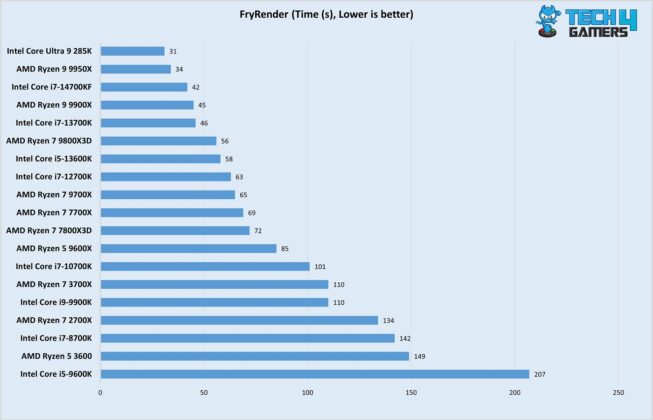
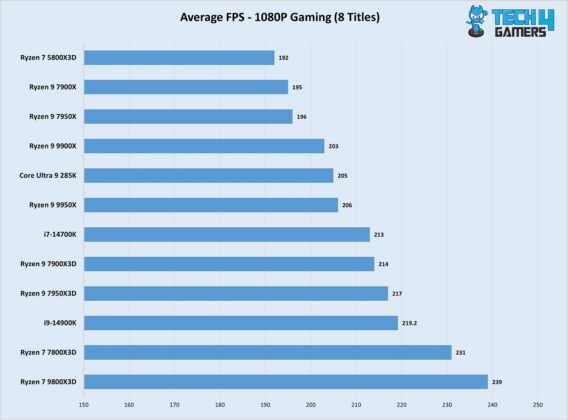
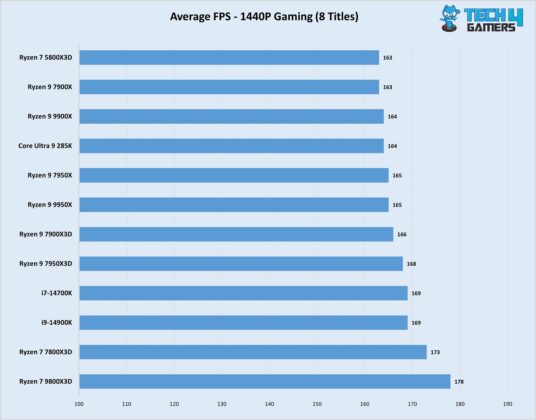
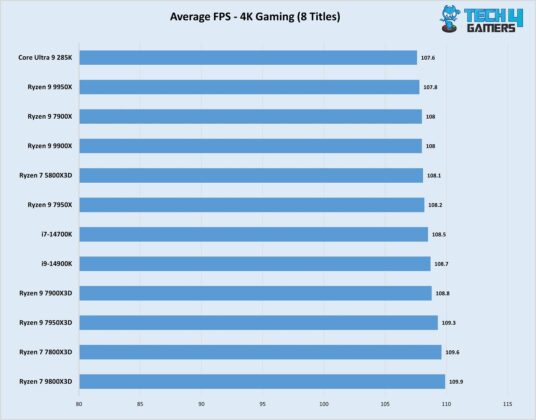
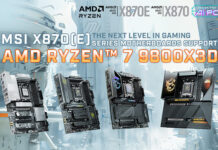
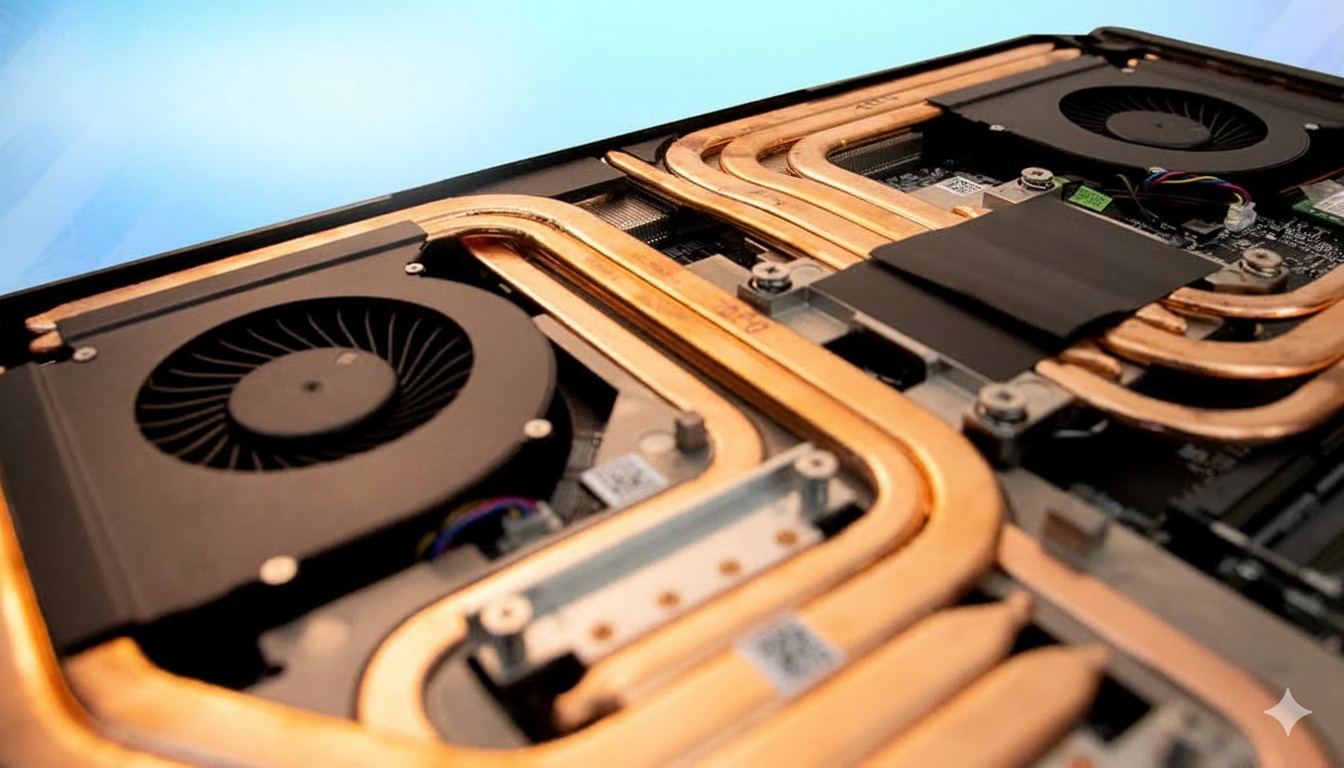

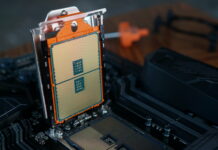
![Best CPU For RTX 4080 Super [Budget, Gaming, Performance] Best CPU For RTX 4080 Super](https://tech4gamers.com/wp-content/uploads/2024/02/Best-CPU-For-RTX-4080-Super-218x150.jpg)